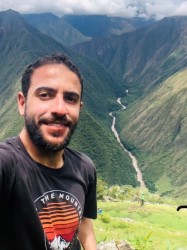BibTex format
@article{Gao:2020:10.1016/j.advwatres.2020.103786,
author = {Gao, Y and Raeini, AQ and Selem, AM and Bondino, I and Blunt, MJ and Bijeljic, B},
doi = {10.1016/j.advwatres.2020.103786},
journal = {Advances in Water Resources},
pages = {1--18},
title = {Pore-scale imaging with measurement of relative permeability and capillary pressure on the same reservoir sandstone sample under water-wet and mixed-wet conditions},
url = {http://dx.doi.org/10.1016/j.advwatres.2020.103786},
volume = {146},
year = {2020}
}

